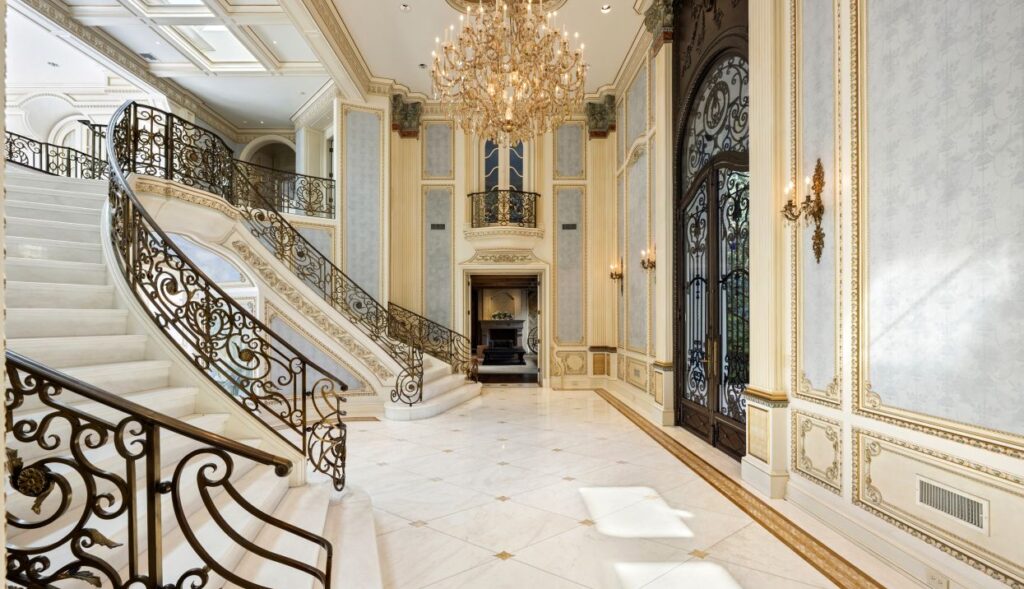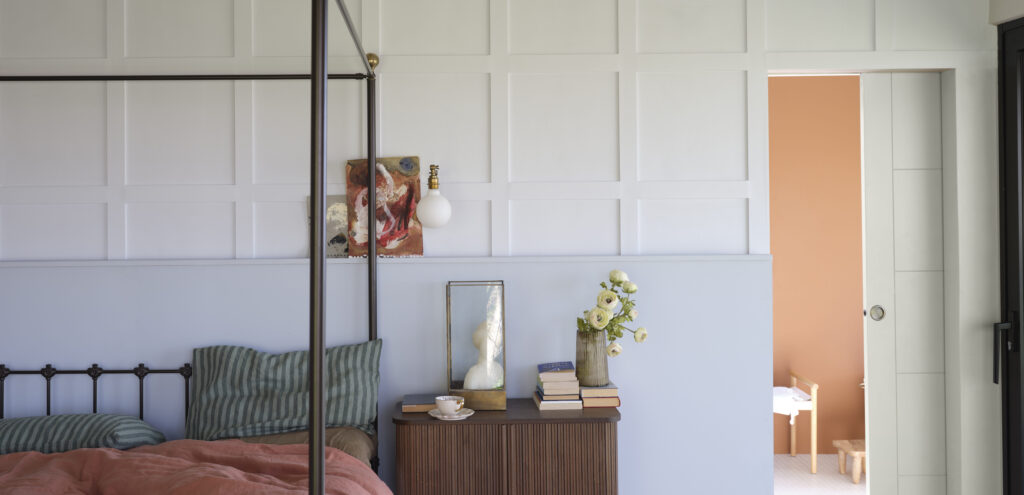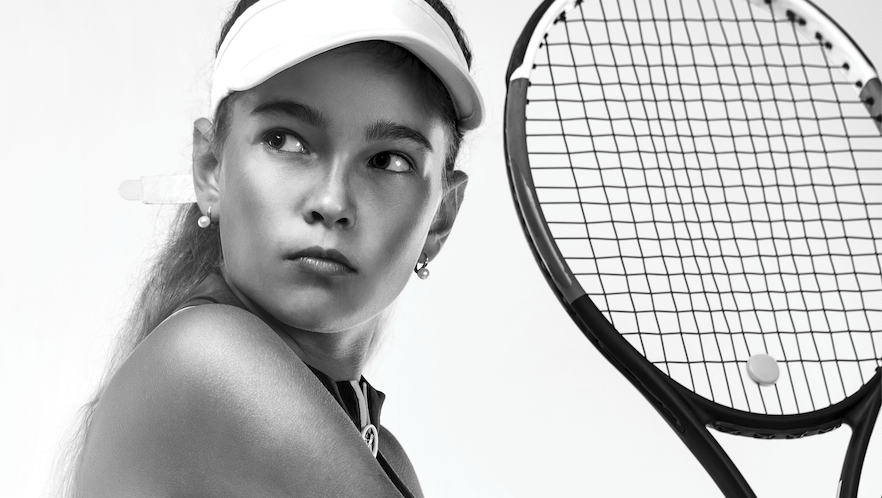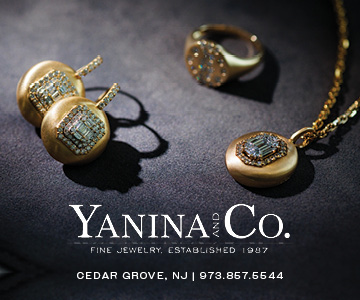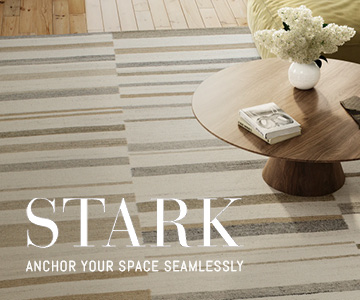Photos by Jason deCaires Taylor / CACT Lanzarote
The landscape of Lanzarote, Spain is a polarizing picture. It is a collage of rust-colored cliffs, green lagoons and stretches of jet black beaches. Today, we know it best as part of the Canary Islands but it was once nothing more than a volcanic wasteland. The late César Manrique put this place on the map during the 1960s, when the native artist began peppering the ash-filled archipelago with his work—all of which simultaneously preserved the island’s natural state. British sculptor Jason deCaires Taylor has continued Manrique’s legacy with his latest Lanzarote installation, Museo Atlántico—a subaquatic museum which fuses art, nature and sustainability.
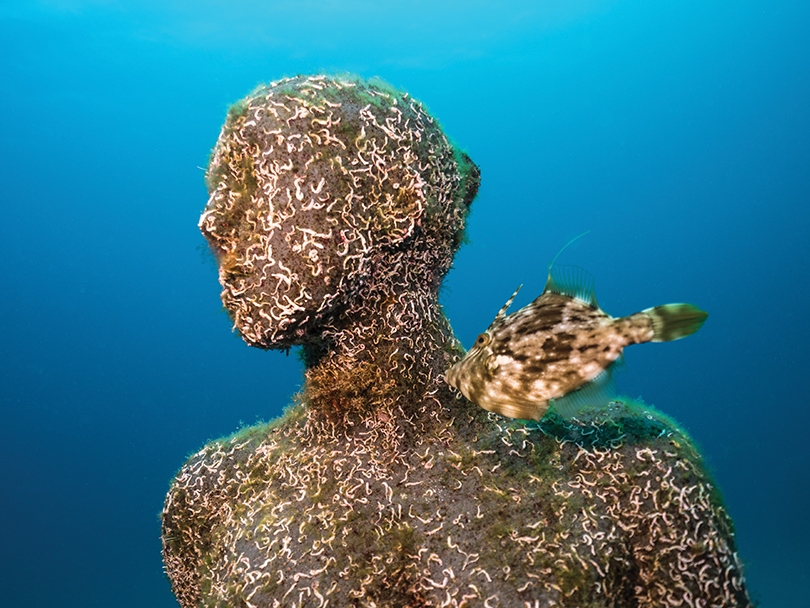 Throughout the past 10 years, Taylor has been submergining his sculptural works in bodies of water all over the world. Aside from aesthetics, the sculptures themselves are engineered to serve as artificial reefs for marine life and have been known to increase the surrounding oceans biomass and species reproduction. They’re also a form of activism for Taylor. In an effort to raise environmental awareness and encourage marine conservation, Taylor has given a human face to the impact experienced by marine ecologies. Through each individual installation, it is a call to action.
Throughout the past 10 years, Taylor has been submergining his sculptural works in bodies of water all over the world. Aside from aesthetics, the sculptures themselves are engineered to serve as artificial reefs for marine life and have been known to increase the surrounding oceans biomass and species reproduction. They’re also a form of activism for Taylor. In an effort to raise environmental awareness and encourage marine conservation, Taylor has given a human face to the impact experienced by marine ecologies. Through each individual installation, it is a call to action.
Taylor’s career began in 2006 when he created his first subsea sculpture park in Molinere Bay off the coast of Grenada in the West Indies. The region suffered severe storm damage just two years prior and the sculptures helped draw new life into areas where the reefs had been destroyed. National Geographic has since listed it as one of the “Top 25 Wonders of the World” and the site has been named a National Marine Protected Area.
Taylor later followed this in 2009 when he took on an even bigger project as the co-founder of MUSA (Museo Subacuático de Arte). Alongside members of The National Marine Park and The Cancun Nautical Association, Taylor created what is currently one of the largest and most ambitious underwater art attractions in the world throughout the surrounding waters of Cancun, Isla Mujeres and Punta Nizuc. Most recently, Taylor has focused his efforts on Europe’s first-ever underwater contemporary art museum, Museo Atlántico, and aimed to begin a new era of conscientious environmental cultural tourism where visitors can see these beaches as more than just places of paradise.
Museo Atlántico was Taylor’s first and only project within the Atlantic Ocean and was fully funded by CACT — Lanzarote’s Center for Art, Culture and Tourism, originally created by César Manrique, as well as the Government of the Canary Islands. The museum is 12 meters deep (roughly 40 feet) and spans approximately 27,000 square feet, accessible only to divers and snorkelers. The installation itself consists of over 300 life-size human figures ensconced within a 100-foot wall which acts as the museums entryway.
Taylor uses a non-toxic, pH-neutral marine-grade cement to create his sculptures which will gradually generate more plant and animal life—just as a reef does. The cement that Taylor uses is highly durable and creates a rough texture so that crustaceans can use the sculptures as a home and fish can use them as breeding areas and protective spaces. He also takes into account where the museum is actually placed within the ocean. He oftentimes looks for barren sandbanks that will help boost the diversity within the water and also draws divers and tourists away from existing coral reefs that may be at risk. Over time, the appearance of Taylor’s figures will become altered as coral spreads and marine life eventually takes over.
The sculptures on display at Museo Atlántico might look like a part of some lost civilization or archaeological discovery, but they’re there to convey a very important message—a kind of social commentary. We are all part of the same living, breathing ecosystem. Our ocean, our air, our climate and us. We are one.
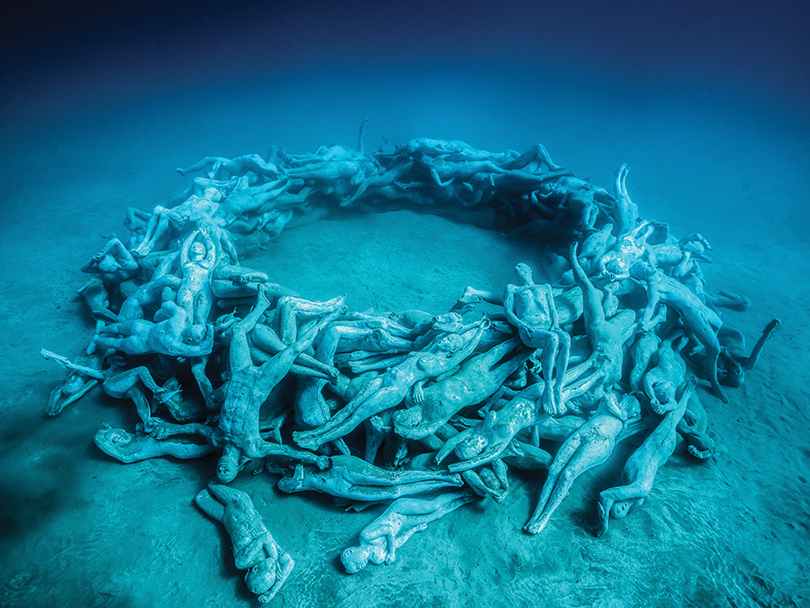
Sequentially, “Crossing the Rubicon” is the museums fifth installation. As you approach the gateway, a band of 35 figures are also walking towards the same wall, which stands 100 feet long and 13 feet high. It is meant to emphasize the meaninglessness of mankind’s territories and boundaries in the natural world. There are points of entry over, under and through. Crossing the Rubicon is an idiom meaning you’ve passed a point of no return. Taylor wants us to act now before it’s too late.
“The Human Gyre” is the last exhibit viewers will see at Museo Atlántico, intended as a time for reflection. Over 200 life-size humans lie naked, one on top of the other in a spiral formation—a gyre. In oceanography, a gyre is a phenomenon where ocean currents begin to circulate in a clockwise motion from large amounts of wind. In this case, the work symbolizes vulnerability, fragility and evolution. We depend on the ocean for survival as a species and we have a collective responsibility to uphold its wellbeing.
Underwater, Taylor’s sculptures take on different properties compared to on land. Our perception becomes skewed, almost like a dream. Light is scattered and absorbed, sound is lost and we become weightless. Colors don’t look the same, our vision is magnified—is this the state in which we want to be to appreciate art? Taylor seems to think so. “Viewing art underwater is a fully immersive activity…Sometimes you could be fighting against a current to see the work from the angle you want. You’re experiencing art in a much more dynamic environment. The sunlight varies at different times of day, coral is growing, fish are swimming—it’s a totally otherworldly experience,” the artist recently told Newsweek.
The purpose of a museum has always been education, study and enjoyment. But also to store objects of historical, scientific, artistic or cultural value. Taylor’s subaquatic exhibits are no different, they just introduce a new frontier for artistic expression. Through Museo Atlántico, Taylor has invited us all to take a look beneath the surface. It may lead you to a closer understanding of our ecosystem, humanity or inspire you to initiate some real change of your own.

